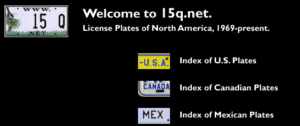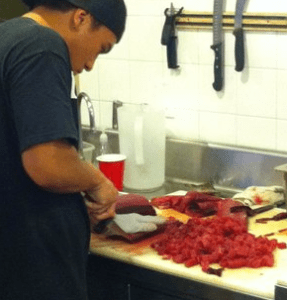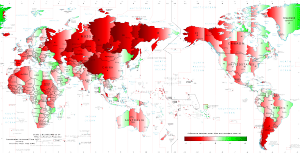“The nation’s leading law enforcement agency [FBI] collects vast amounts of information on crime nationwide, but missing from this clearinghouse are statistics on where, how often, and under what circumstances police use deadly force. In fact, no one anywhere comprehensively tracks the most significant act police can do in the line of duty: take a life,” according to the Las Vegas Review-Journal in its series Deadly Force (Nov. 28, 2011).
D. Bryan Burghart is an editor of the Reno News and Review. Confronted with this information gap, one has come to believe is intentionally maintained by the FBI and police forces across the country, he has set up a crowd-sourced database project to collect basic information about every incident of the use of deadly police force.
Progress relies on FOIA requests and research provided by volunteers. We can all help with this important project.




